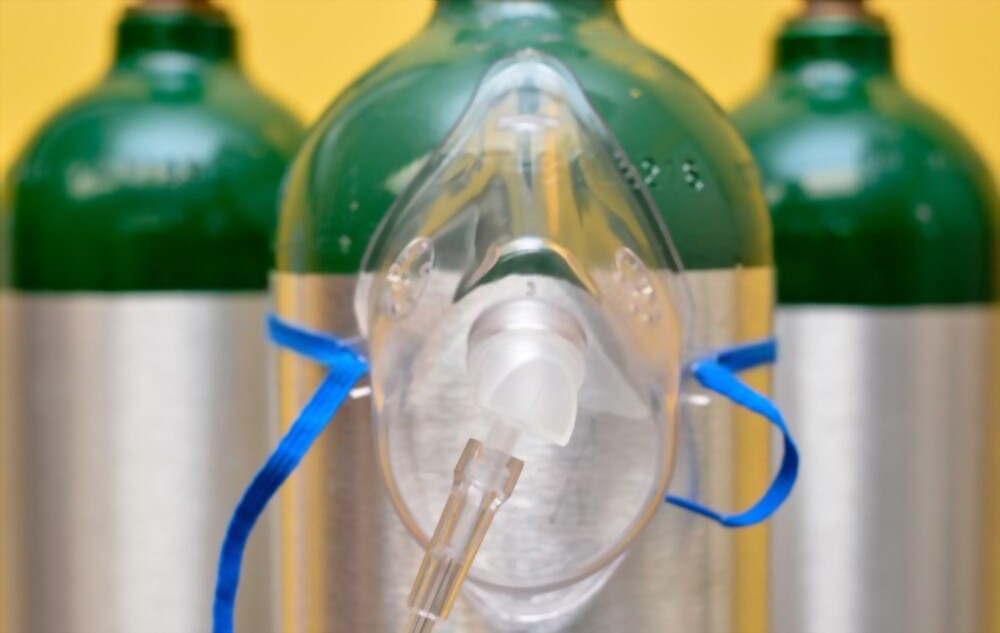In the dynamic and ever-evolving field of healthcare, the importance of medical gas cylinders cannot be overstated. These cylinders serve as lifelines, delivering a variety of essential medical gases to patients in hospitals, clinics, and other healthcare settings. From enabling respiratory support to aiding surgical procedures, medical gas cylinders play a critical role in ensuring the well-being of patients. In this blog post, we will explore the significance of medical gas cylinders and shed light on their vital functions within healthcare settings.
Unveiling the Vitality of Medical Gas Cylinders
Ensuring Respiratory Support
One of the primary applications of medical gas cylinders is to provide respiratory support to patients. Oxygen, the most widely used medical gas, is delivered through these cylinders to patients with compromised breathing, such as those with respiratory disorders, chronic obstructive pulmonary disease (COPD), or undergoing anesthesia. Oxygen therapy aids in increasing oxygen levels in the bloodstream, helping patients breathe easier and alleviating respiratory distress. Medical gas cylinders ensure a constant and reliable supply of oxygen, contributing to the overall well-being and recovery of patients.
Facilitating Anesthesia and Surgical Procedures
During surgical procedures, medical gas cylinders play a crucial role in delivering anesthetic gases to patients. Anesthetic gases induce a state of controlled unconsciousness, ensuring pain relief and comfort during surgery. Additionally, medical gas cylinders are also employed to deliver other gases like nitrous oxide, which is used as a sedative during certain medical procedures. The proper functioning and availability of medical gas cylinders are essential for seamless and safe surgical interventions, enabling healthcare professionals to carry out their procedures with precision and care.
Supporting Emergency and Critical Care
In emergency situations and critical care units, the availability of medical gas cylinders is of utmost importance. These cylinders provide a ready-to-use supply of life-saving gases like oxygen, carbon dioxide, and nitric oxide, which are indispensable in stabilizing patients during emergencies. From managing cardiac arrest to assisting patients with acute respiratory distress syndrome (ARDS), medical gas cylinders serve as immediate sources of essential gases, aiding healthcare providers in their efforts to save lives.
Enabling Specialized Treatments
Apart from oxygen and anesthetic gases, medical gas cylinders also cater to specialized treatments and therapies. For instance, helium-oxygen mixtures, known as heliox, are used to treat patients with severe respiratory conditions, allowing for improved gas exchange in the lungs. Similarly, medical air, which is a combination of oxygen and nitrogen, is utilized in neonatal care units to provide respiratory support to premature infants. The availability of medical gas cylinders ensures that these specialized treatments can be administered promptly and efficiently, addressing the unique needs of diverse patient populations.
Conclusion
In the realm of healthcare, the significance of medical gas cylinders cannot be emphasized enough. These cylinders form an integral part of the infrastructure in healthcare settings, supporting various medical procedures, ensuring respiratory support, and enabling life-saving interventions. The availability of a reliable supply of medical gases through cylinders is critical for healthcare providers to deliver quality care to their patients. As technology advances and medical practices continue to evolve, the importance of these cylinders will persist, serving as an essential pillar of patient care in healthcare settings worldwide.
By acknowledging the vital role of medical gas cylinders and prioritizing their accessibility, healthcare institutions can ensure optimal patient outcomes, improved safety, and enhanced efficiency in delivering essential medical gases. With the continued advancement of medical science and technology, the importance of these cylinders will remain paramount, enabling healthcare professionals to provide the highest standard of care to patients in need.

